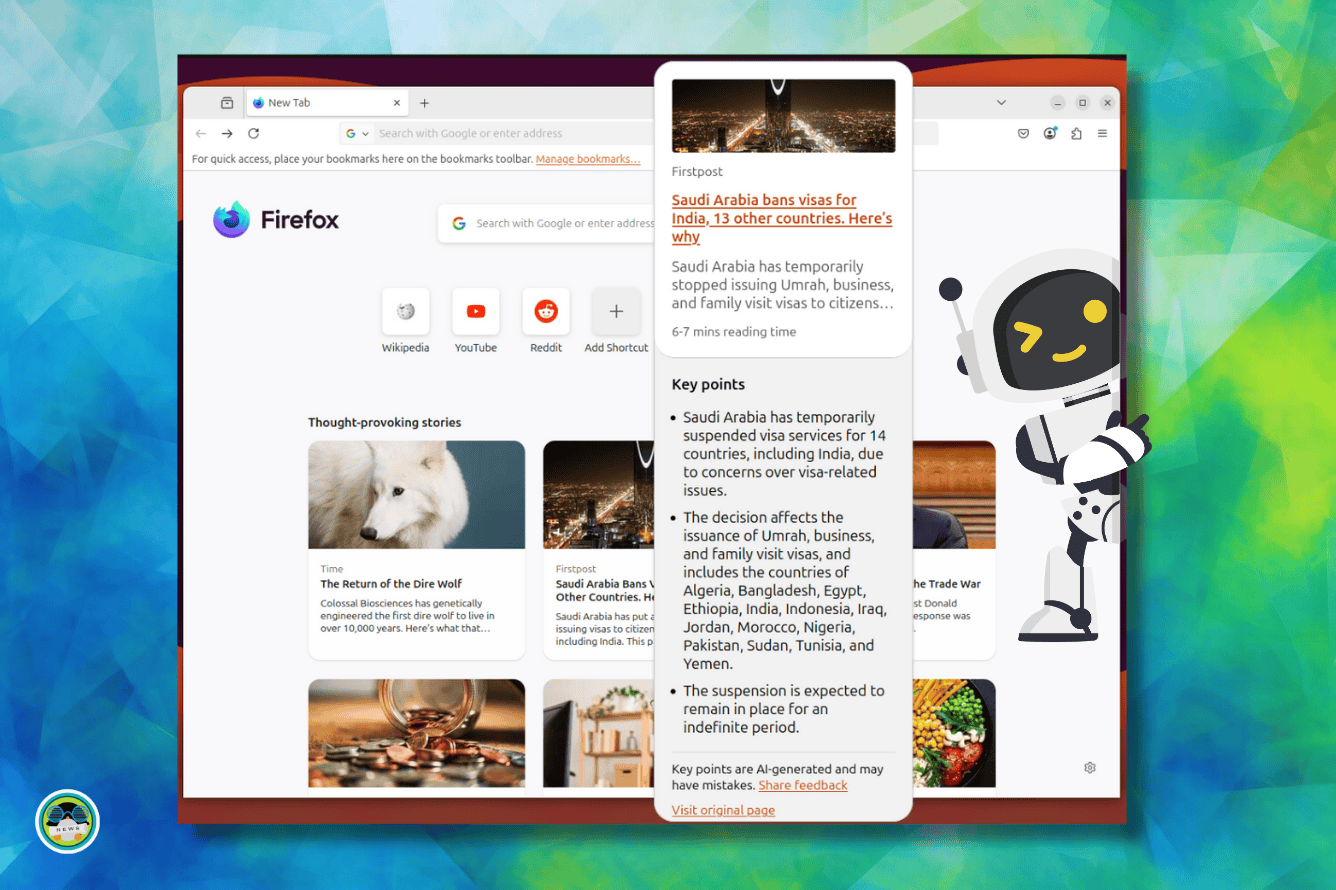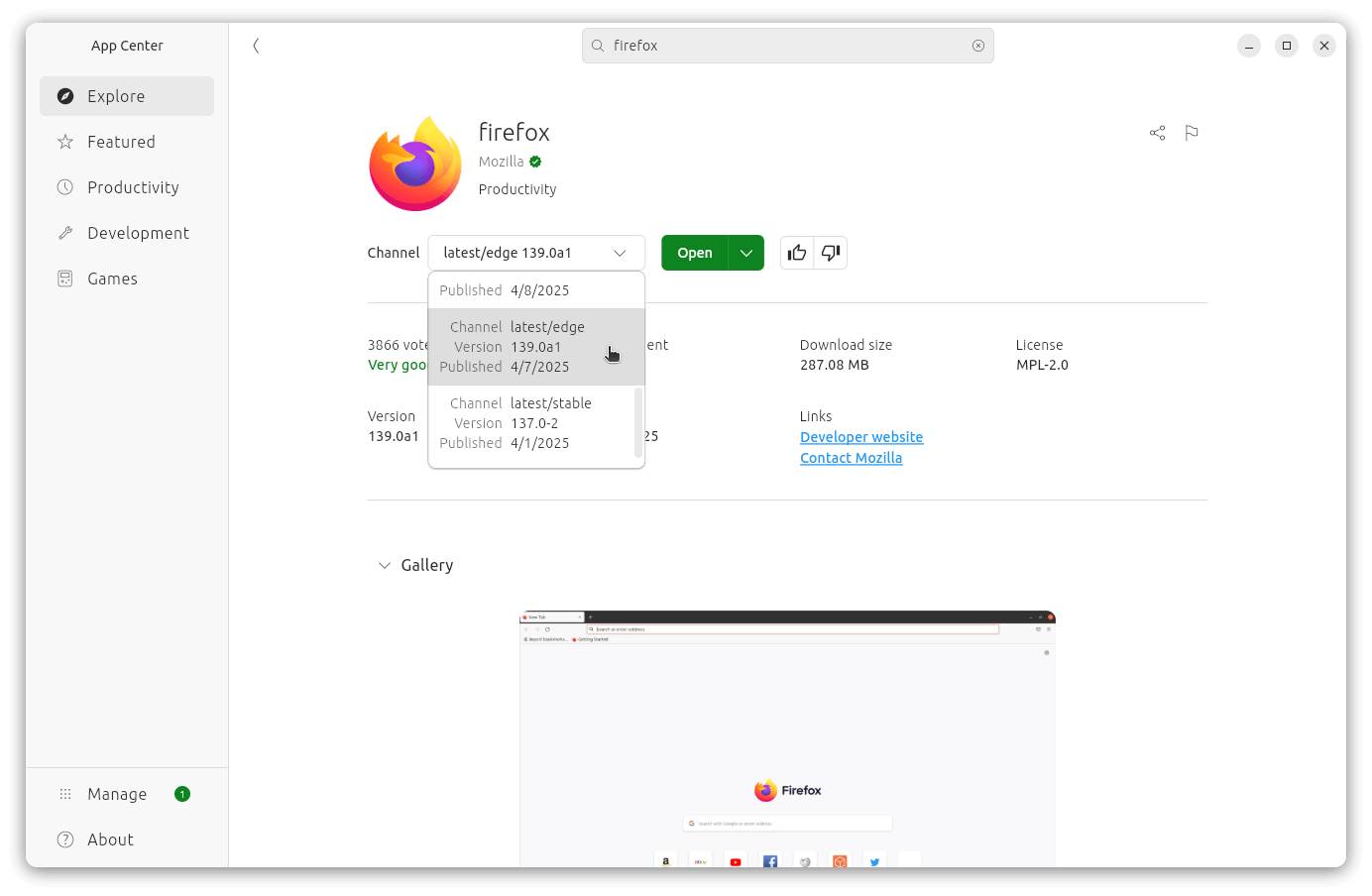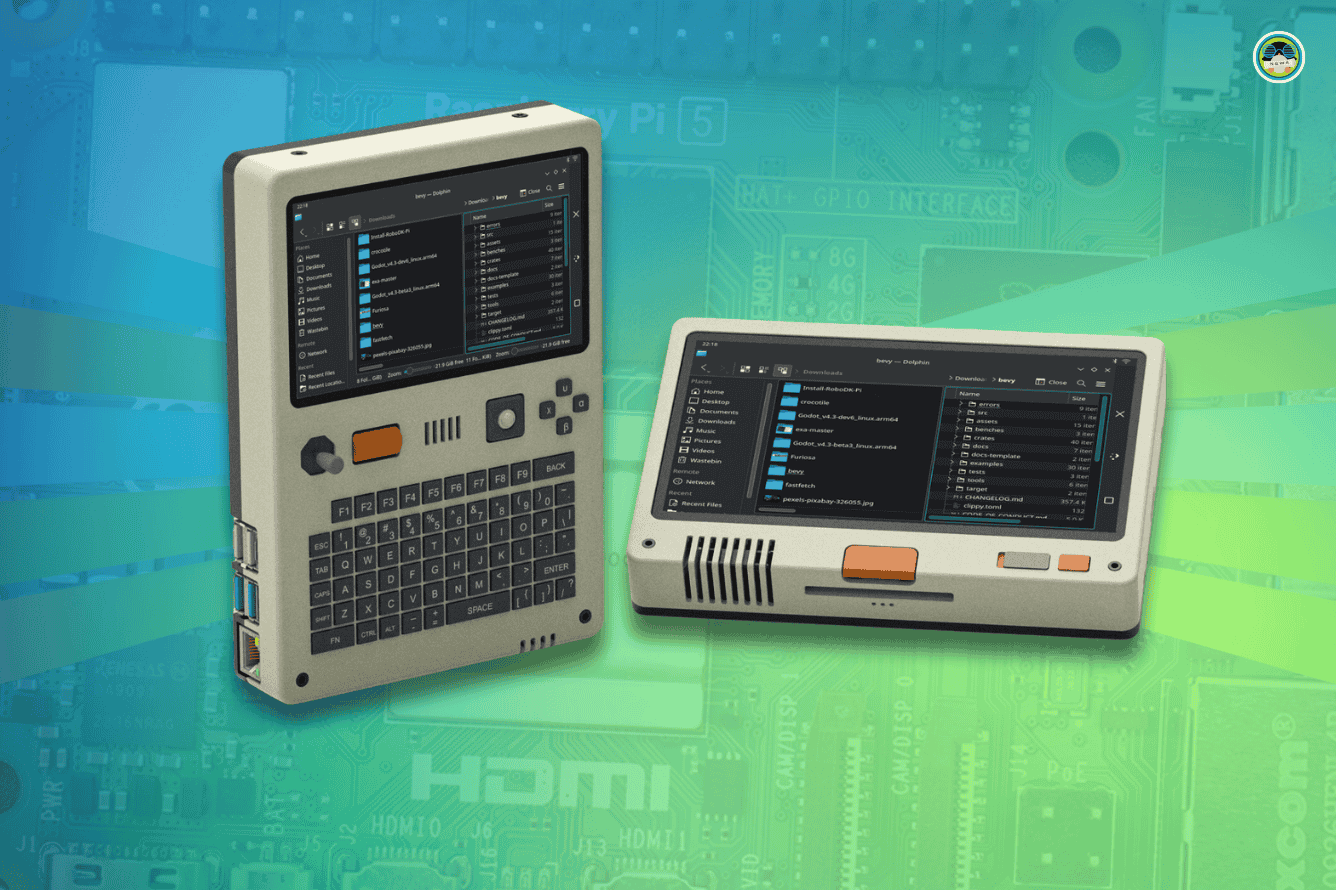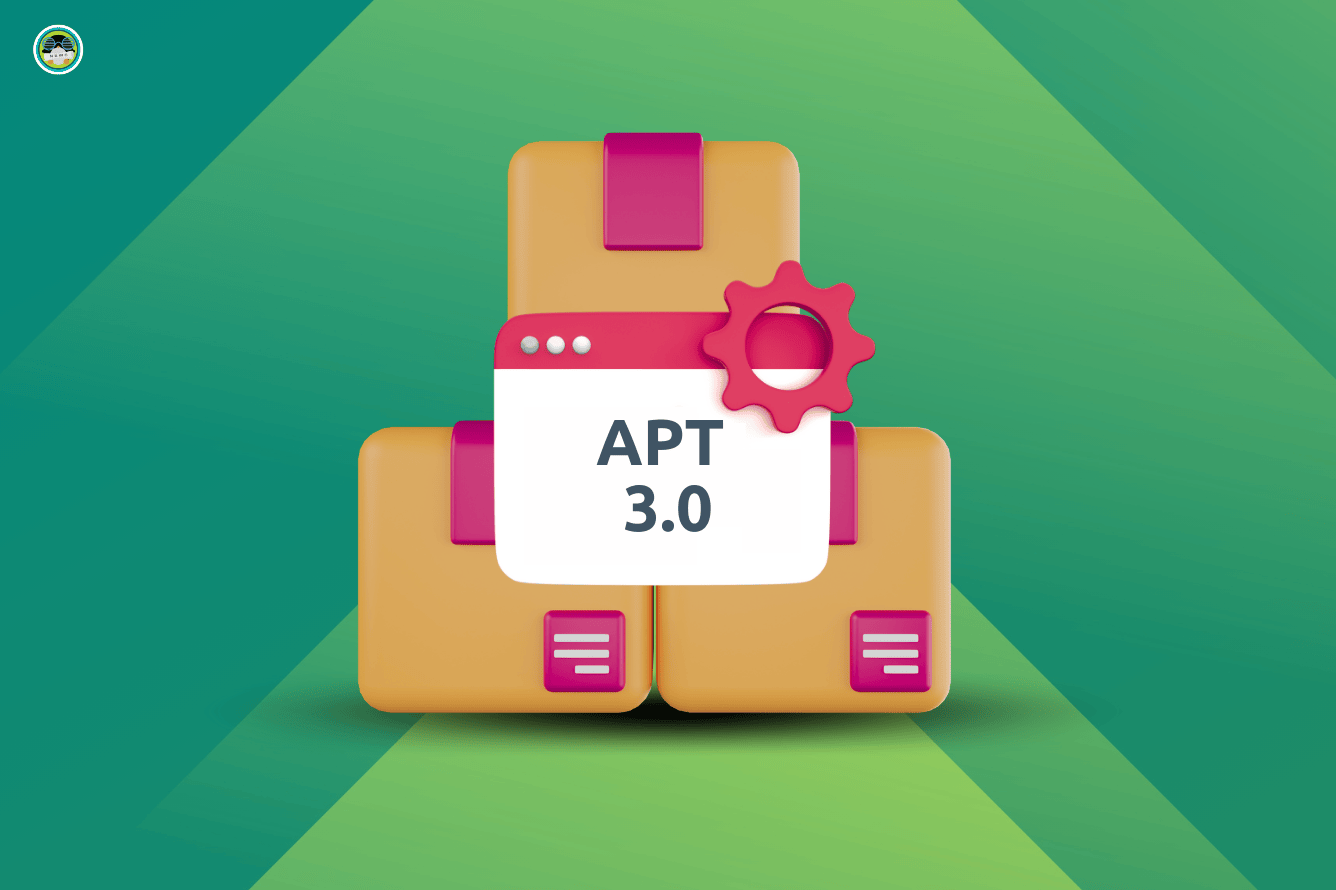
Systemd is the system and service manager used by most Linux-based operating systems. It is responsible for initializing the system during boot, starting and subsequently managing services and background processes, handling D-Bus service activation, and managing dependencies between services using a transactional, dependency-based model.
Building on all of this, the systemd community is currently developing their own experimental Linux distribution called ParticleOS.
What's Happening: I got to know about this development from Brodie's latest video, where he discussed the presentation by systemd maintainer Daan De Meyer during the FOSDEM 2025 event.
As for what it is, ParticleOS is a fully customizable immutable Linux distribution developed by the systemd community for users who want complete control over their system images. It enables users to choose the base distribution, select installed packages, and cryptographically sign the image for added security.
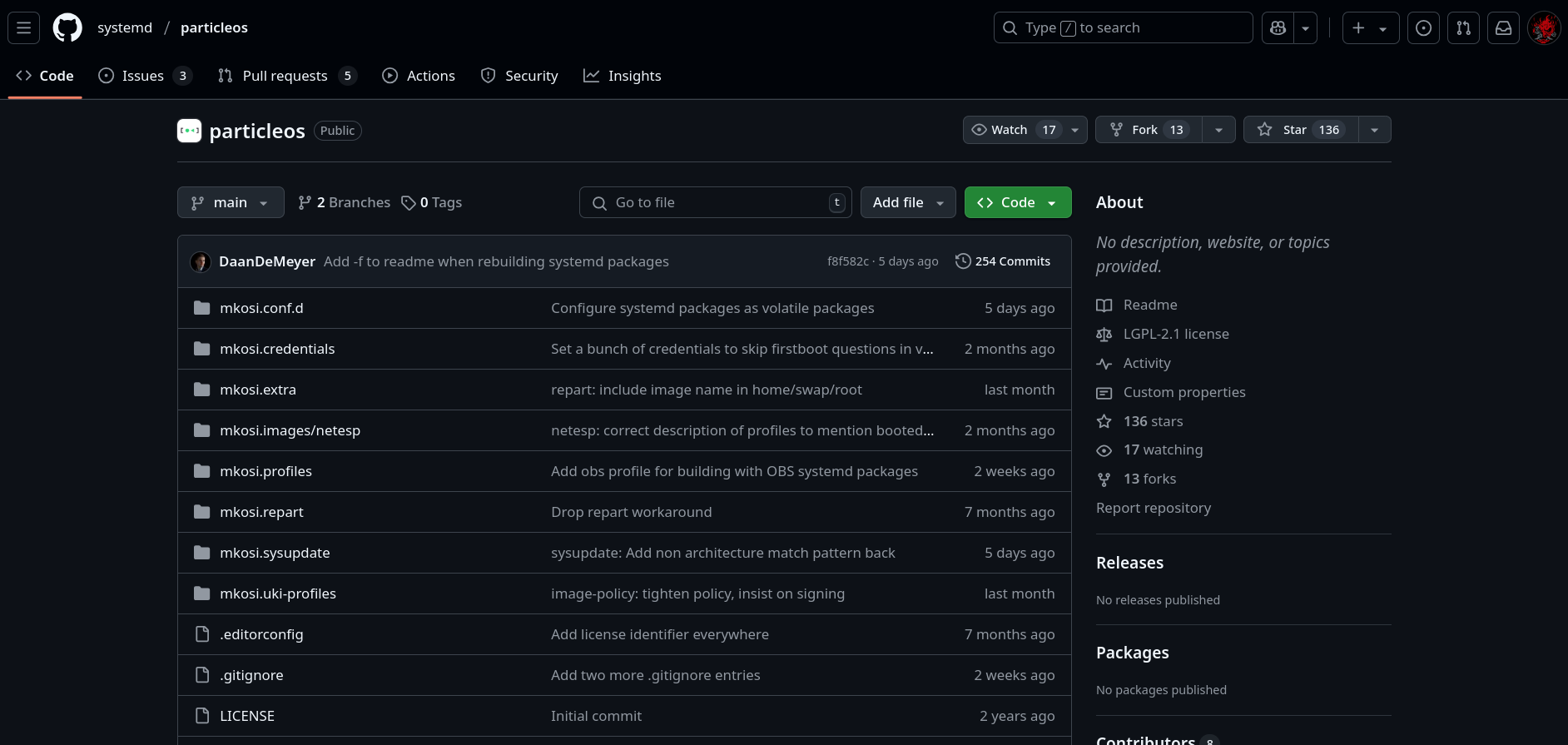 ParticleOS' GitHub repository.
ParticleOS' GitHub repository.
What to Expect: ParticleOS uses mkosi for building images, letting users craft an image-based Linux distribution that's signed with their own keys, allowing full control over the Linus system's packages, update process, security mechanisms, and more.
The user even has the freedom to pick between different Linux distro bases like Fedora and Arch Linux, with additional distro support opening up when the necessary config files are provided.
At any given time, ParticleOS is in sync with the latest systemd features, often incorporating the latest improvements before they are widely adopted in mainstream Linux distributions.
In its current state, ParticleOS seems well-suited for developers who want full control over their system. However, I doubt that this will appeal to most regular users due to its specialized nature, which involves having knowledge of custom image building and how systemd works.
Suggested Read 📖
From It's FOSS News via this RSS feed


